Palermo: A True Melting Pot
It is difficult to describe Palermo in a few lines to those who are unfamiliar with the city. Its complexity, its countless monuments, its flavors, and its colors must be experienced in person to be fully understood. The city’s long history, with the remnants of diverse cultures still present in its rich culture, is a testament to its strength and appeal as it has been conquered, visited, and appreciated for centuries. Still today the city proves that different religions, cultures, and lifestyles can live peacefully within a single mosaic. The True ‘ Melting Pot’?
The first settlers dating back to prehistoric times were the Phoenicians, who founded the city. For the Greeks the conquest of Palermo was never fully successful. The Romans conquered the city and renamed it Panormus, slightly altering the Greek name Panormos, meaning “great port.” After the fall of the Roman Empire, the Byzantines arrived followed by the Muslims, the Normans, and finally the Swabians.Today the city, still damaged by World War II bombings and abandoned by a long stories of governments incapable of looking to the future, presents itself in all its contradictions, with crumbling buildings alongside enchanting ones. There are very few monuments that maintain one consistent style throughout. There is often a diversity of styles, cultures, and religions that blend into a single structure, which illustrates that even in architecture coexistence is possible.
If we were to characterize Palermo, it would be best to say that it is bears witness to the respect for otherness. Walking through the city you cannot help but notice the constant contrasts. A visitor frequently experiences the beautiful among the ugly, the mosque transformed into a cathedral, the church that became a theater, all under a sky so intensely blue and full of light, making the experience even more spectacular. Parlemo is one continuous discovery, but there’s one inevitable question that a tourist asks: “Which places should I visit first?” We mention a few here, but these are only suggestions to begin.
Our Picks Chiesa dello Spasimo is located in the Kalsa district, one of Palermo’s oldest sections. Today it host cultural events, theater and music performances. Since 1995, the church has remained open even at night.
The Cathedral of Palermo is dedicated to the assumption of the Virgin Mary into heaven. It’s an architectural complex composed of different styles since its construction spanned several centuries.
Santa Maria dell’Ammiraglio (or La Martorana) is one of the most beautiful churches from the Byzantine Middle Ages in Italy. Currently an Orthodox Catholic church, it features breathtaking iconographic mosaics, including the traditional Greek image of Christ Pantokrator.
Cappella Palatina is a three-aisled basilica dedicated to Saints Peter and Paul. The dome, transept, and apses are entirely decorated with Byzantine mosaics, the most famous in Sicily.
Orto Botanico is a garden housing more than 12,000 different species of plants from all over the world. Teatro Massimo Vittorio Emanuele is the largest opera house in Italy, and one of the largest in Europe.
Finally, the beach at Mondello is one of the most famous in Sicily and is known not only for its wonderful sea but for its many Art Nouveau villas as well.






























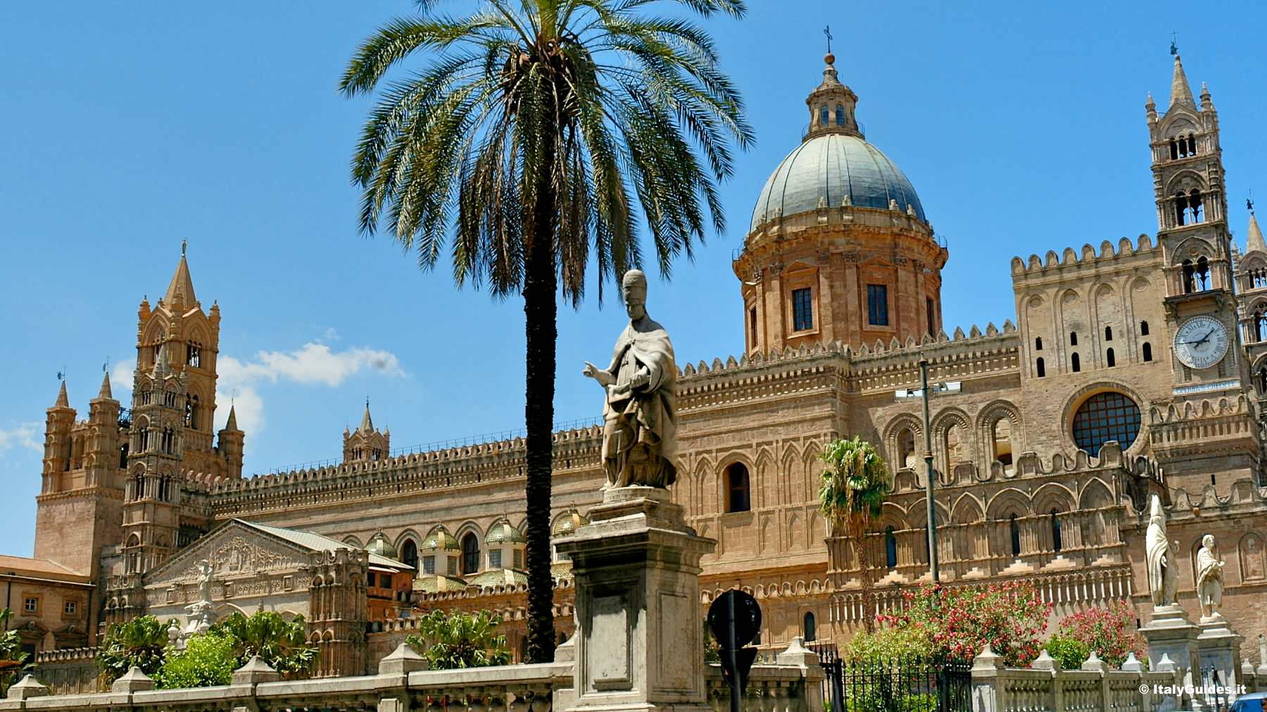
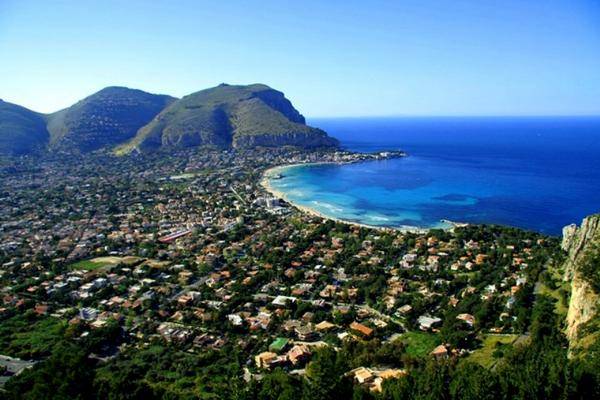
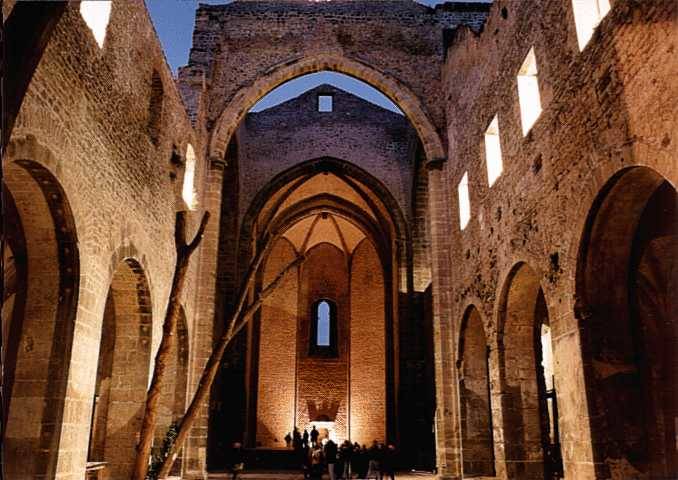

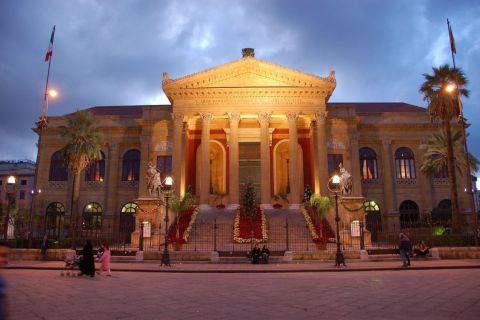



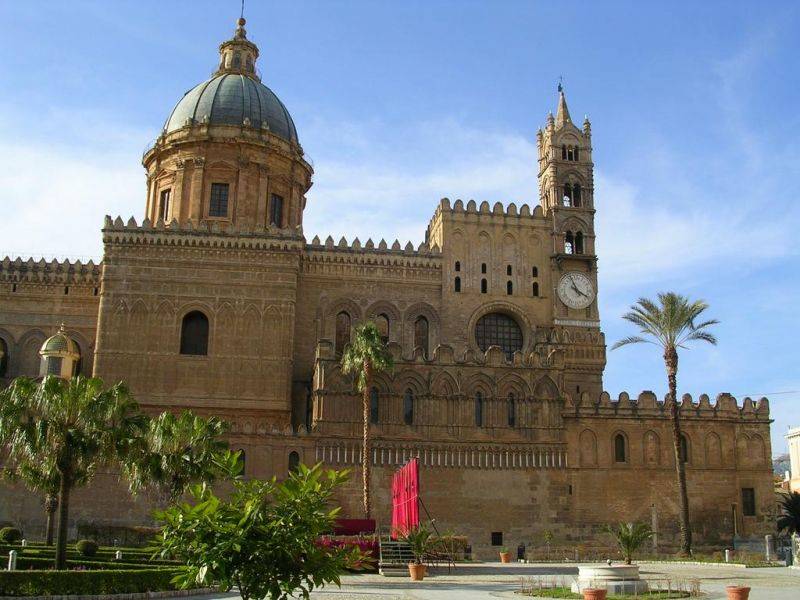
i-Italy
Facebook
Google+
This work may not be reproduced, in whole or in part, without prior written permission.
Questo lavoro non può essere riprodotto, in tutto o in parte, senza permesso scritto.